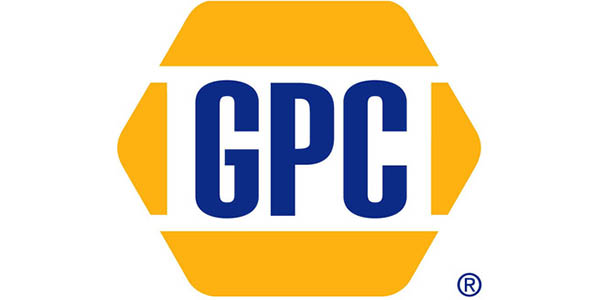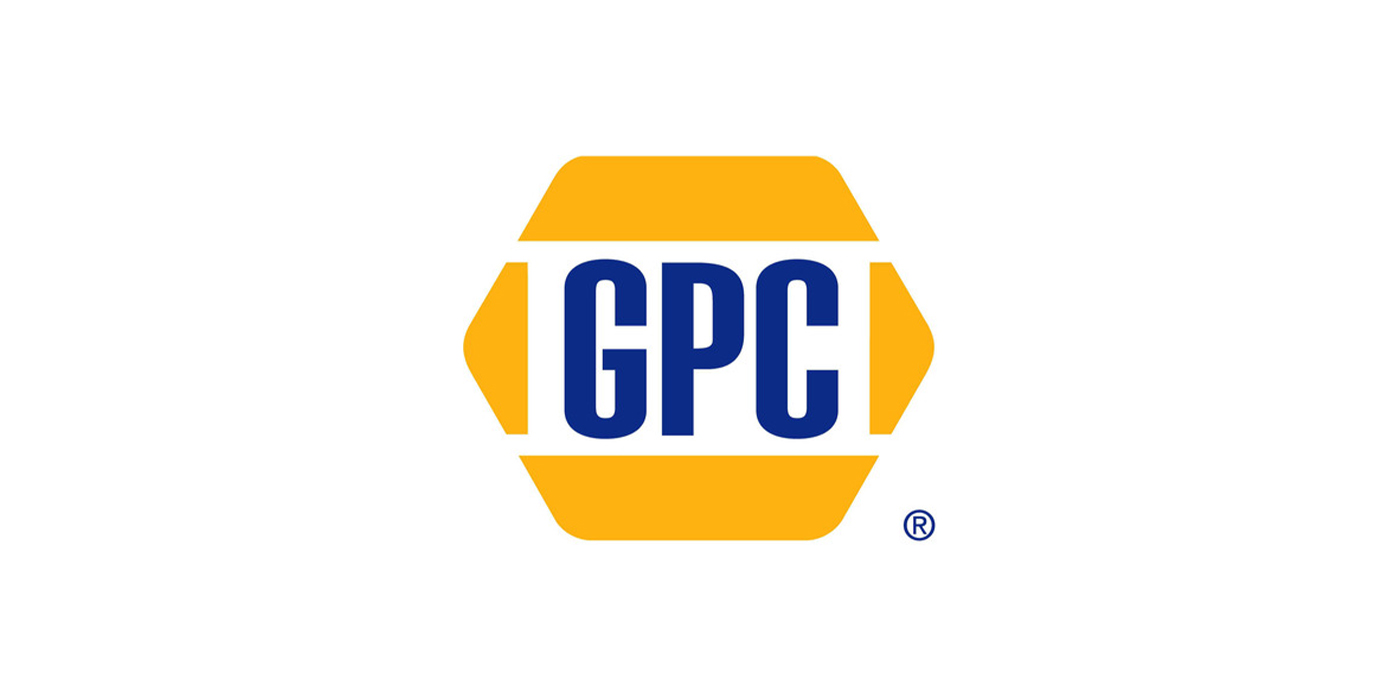Genuine Parts Company announced recently its results for the second quarter and six months ended June 30, 2020. For the periods presented, the company’s Business Products segment, sold on June 30, 2020, has been classified as Discontinued Operations.
The second quarter’s sales environment was pressured by the unprecedented global COVID-19 pandemic. Broad shelter-in-place restrictions, full lockdowns and other measures significantly slowed mobility and overall economic activity, contributing to a significant sales decline in April. While Industrial segment sales remained pressured throughout the quarter, the Automotive Group had a stronger recovery in May and June led by sales volumes in Europe and Australasia that returned to pre-COVID-19 levels.
“We are aggressively managing our company’s operations through the challenges of COVID-19, both by managing the short-term dynamics and impacts and staying focused on our long-term growth initiatives,” said Paul Donahue, chairman and CEO of Genuine Parts Company.
Second Quarter 2020 Results
Sales from continuing operations were $3.8 billion, a 14.2% decrease compared to $4.5 billion in the same period of the prior year. The decrease in sales is attributable to a 13.7% decline in comparable sales, a 4.1% impact from divestitures and a 0.6% net impact of foreign currency and other. These items were partially offset by a 4.2% benefit from acquisitions. Excluding divestitures, net sales from continuing operations were down 10.1% in the second quarter(1).
The net loss from continuing operations was $363.5 million, or a diluted loss per share of $2.52, primarily driven by a non-cash goodwill impairment charge related to our European operations. This compares to net income from continuing operations of $209.5 million, or $1.43 per diluted share in the prior year period. Excluding the impact of goodwill impairment, restructuring, transaction and other costs and income, the company’s adjusted net income from continuing operations was $190.5 million, compared to $215.4 million a year ago. On a per share diluted basis, adjusted net income from continuing operations was $1.32, a decrease of 10.2% compared to $1.47 per diluted share last year(1).
Donahue stated, “Working as a team, we have executed through the pandemic with speed and agility, which is evident in our second quarter results. Our financial performance was highlighted by improving sales trends in automotive, continued gross margin expansion, transformative cost actions that generated significant savings, operating margin expansion, a stronger, more flexible balance sheet and strong cash flows. We are also pleased to have completed the sale of our S.P. Richards’ U.S. operations and The Safety Zone and Impact Products operations, marking a significant step toward fully optimizing our portfolio and further advancing our strategy to grow our higher-margin automotive and industrial businesses.”
Second Quarter 2020 Segment Highlights
Automotive Parts Group
Sales for the Automotive Group were $2.5 billion in the second quarter, down 10.1% from 2019 and representing 65% of total company revenues. The decline consisted of an approximate 12.6% decrease in comparable sales and a 0.7% net impact of unfavorable foreign currency and other. These items were partially offset by a 3.2% benefit from acquisitions. Segment profit of $219 million was down 4.3%, with profit margin at 8.8%, up 60 basis points from 2019.
Industrial Parts Group
Sales for the Industrial Parts Group were $1.3 billion, down 21.1%, or down 10.2% excluding the EIS divestiture, and representing 35% of total company revenues. The decrease in sales excluding divestitures reflects an approximate 16.7% decrease in comparable sales and a slightly unfavorable foreign currency impact, offset by a 6.7% benefit from acquisitions. Segment profit of $109 million was down 20% from 2019, or down 9.8% excluding EIS, and profit margin was flat year over year at 8.2%.
Six Months 2020 Results
Sales from continuing operations for the six months ended June 20, 2020 were $7.9 billion, a 9.2% decrease as compared to $8.7 billion for the same period in 2019. Excluding divestitures, net sales from continuing operations were down 4.7% for the six months. The net loss from continuing operations for the six months was $241.2 million, or a loss of $1.67 per diluted share. Excluding items which impact comparability with prior periods as noted above, the company’s adjusted net income from continuing operations was $307.3 million, or $2.12 per diluted share(1).
(1) Adjusted net income, adjusted diluted net income per common share and sales excluding divestitures are non-GAAP financial measures. Please refer to the supplemental information presented below for reconciliations of the non-GAAP financial measures used in this release to the most comparable GAAP financial measure and related disclosures.
Balance Sheet Cash Flow and Capital Allocation
The company generated cash flow from operations of $921 million during the first half of 2020, a significant increase from the prior year, driven primarily by entering into an agreement to sell accounts receivable which provided $500 million of operating cash flows and the effective management of our working capital. Capital expenditures during the first half of 2020 were $74 million, a decrease of 27% compared to the prior year, driven by the company’s efforts to reduce non-essential capital expenditures as a result of COVID-19. Proceeds from the sale of S.P Richards of approximately $400 million were used to pay down debt and further strengthen our cash position.
The company returned $321 million to shareholders during the first half of 2020, including $225 million in the form of quarterly dividends and $96 million in share repurchases. As previously announced, the company decided to pause its share repurchase program and curtail any material acquisition activities until there is greater visibility into the macro environment. Given the current economic conditions, and out of an abundance of caution, the company remains focused on maintaining liquidity and maximizing cash flow.
Net debt (debt maturities less cash and cash equivalents) at the end of the quarter was approximately $2.2 billion, and the company has available liquidity of approximately $2.6 billion, inclusive of approximately $1.0 billion in cash on hand. The company reduced debt by $400 million and strengthened its cash position during the quarter and is in compliance with all its debt covenants as of the quarter-end.
Donahue concluded, “We move forward as a streamlined organization focused on our automotive and industrial operations and with a well-defined strategic framework intended to maximize growth and value creation for all stakeholders. Despite the economic uncertainty, future impact of COVID-19 and the pace of recovery, GPC stands well-positioned and prepared for the various scenarios that may evolve over the near term, and we look forward to executing our strategic plans into 2021.”
2020 Outlook
On April 6, 2020, the company withdrew its full-year 2020 guidance due to the economic uncertainty relating to the rapidly evolving COVID-19 pandemic and the limited visibility on the impacts to our businesses. We will not be providing annual guidance updates until macro-economic conditions stabilize.
Non-GAAP Information
This release contains certain financial information not derived in accordance with United States generally accepted accounting principles (“GAAP”). These items include changes in sales excluding divestitures, adjusted net (loss) income from continuing operations and adjusted diluted net (loss) income from continuing operations per common share to account for the impact of these adjustments. The company believes that the presentation of changes in sales excluding divestitures, adjusted net (loss) income from continuing operations and adjusted diluted net (loss) income from continuing operations per common share, which are not calculated in accordance with GAAP, when considered together with the corresponding GAAP financial measures and the reconciliations to those measures, provide meaningful supplemental information to both management and investors that is indicative of the company’s core operations. The company considers these metrics useful to investors because they provide greater transparency into management’s view and assessment of the company’s ongoing operating performance by removing items management believes are not representative of our continuing operations and may distort our longer-term operating trends. We believe these measures are useful and enhance the comparability of our results from period to period and with our competitors, as well as show ongoing results from operations distinct from items that are infrequent or not associated with the company’s core operations. The company does not, nor does it suggest investors should, consider such non-GAAP financial measures as superior to, in isolation from, or as a substitute for, GAAP financial information. The company has included a reconciliation of this additional information to the most comparable GAAP measure following the financial statements below.
Comparable Sales
Comparable sales is a key metric that refers to period-over-period comparisons of our sales excluding the impact of acquisitions, divestitures and foreign currency. The company considers this metric useful to investors because it provides greater transparency into management’s view and assessment of the company’s core ongoing operations. This is a metric that is widely used by analysts, investors and competitors in our industry, although our calculation of the metric may not be comparable to similar measures disclosed by other companies, because not all companies and analysts calculate this metric in the same manner.
Daily Sales
Daily sales is a key metric that represents the amounts invoiced to the company’s customers each day. Daily sales do not represent GAAP-based sales because, among other things, invoices are not always generated at the same time goods and services are delivered to customers and the amounts do not include adjustments for estimates of returns, rebates or other forms of variable consideration. Management uses this metric to monitor demand trends at each of its subsidiaries throughout each month for the purposes of monitoring performance against forecasts and to make operational decisions. The company considers this metric useful to investors because it provides greater transparency into management’s view and assessment of the company’s ongoing operations. The calculation of this metric may not be comparable to similar measures disclosed by other companies, because not all companies and analysts calculate this metric in the same manner.










